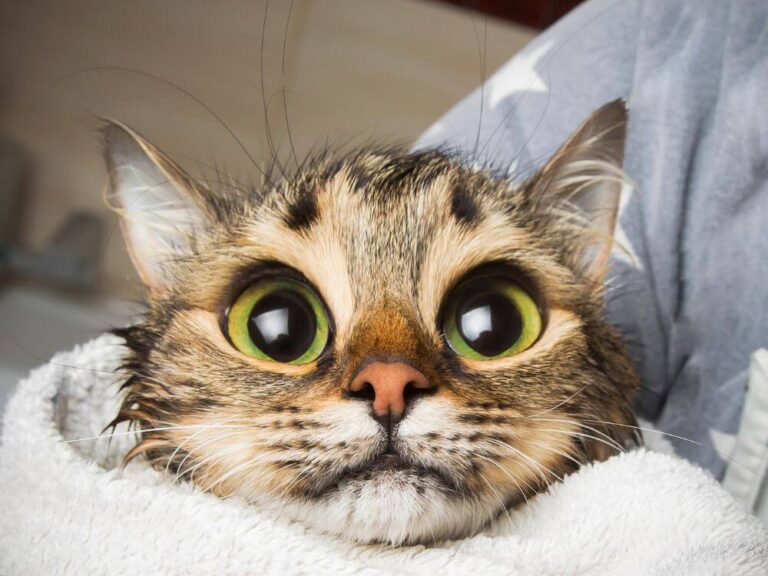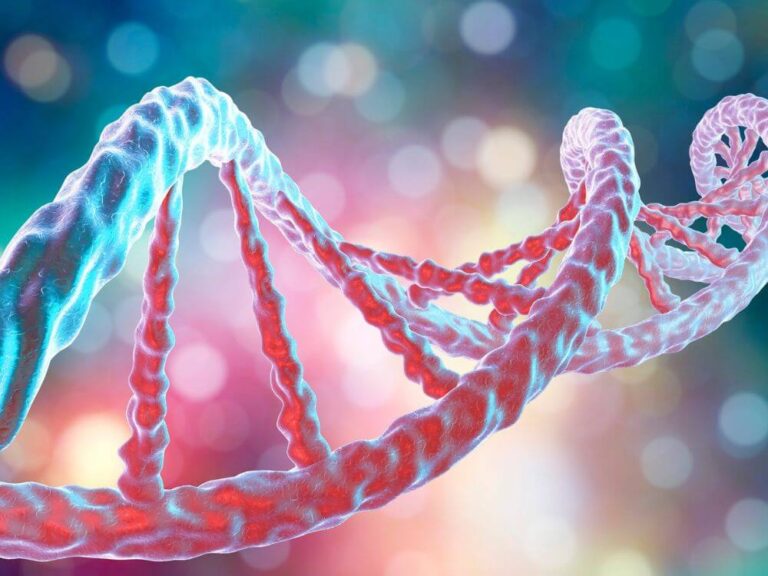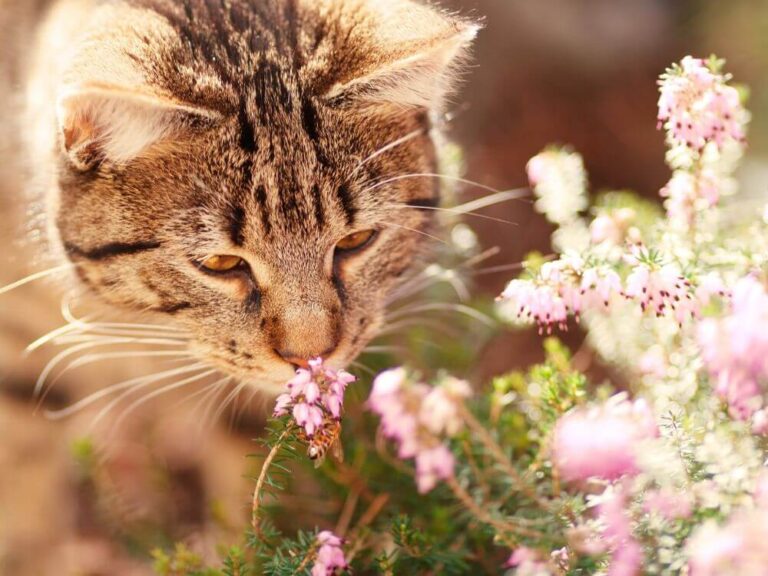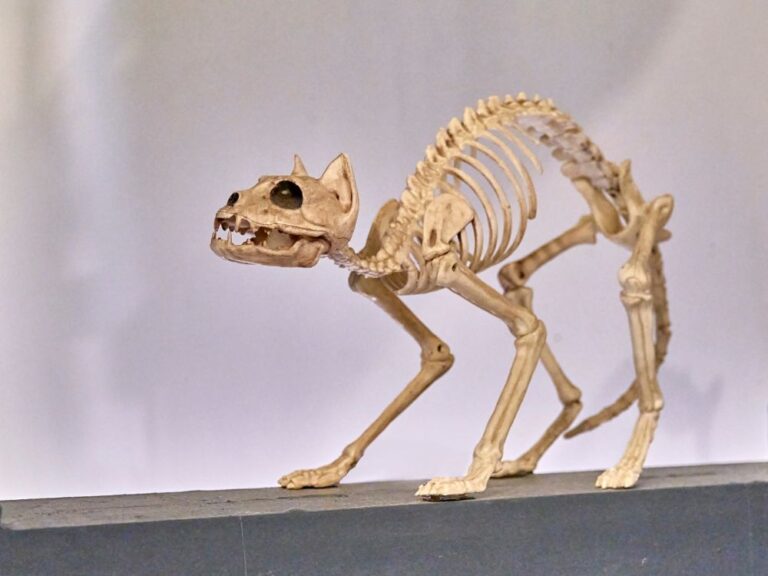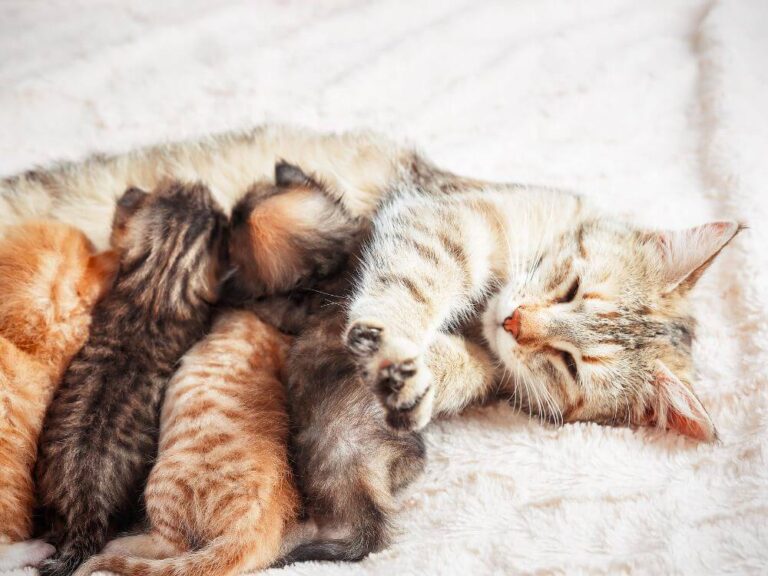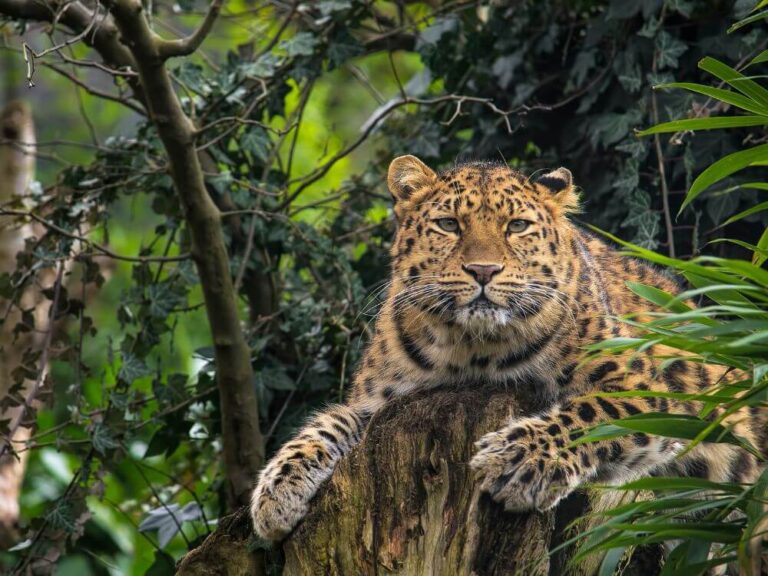The Evolution and Adaptation of a Cat’s Teeth
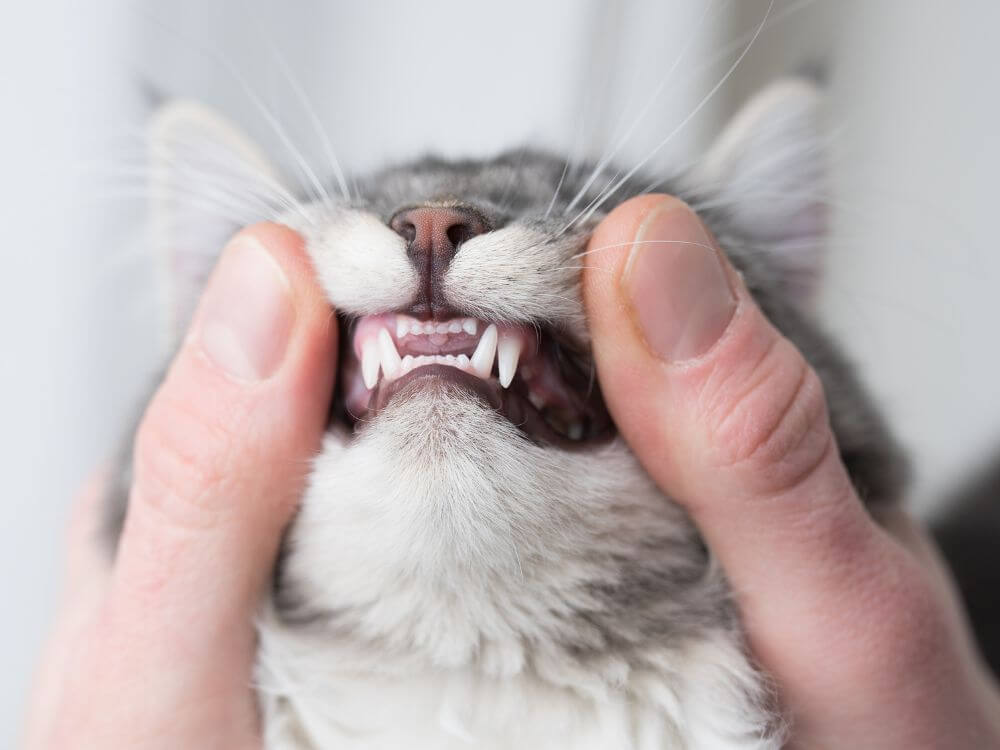
Cats are natural predators, and their teeth have evolved over millions of years to suit their carnivorous diet. Their dental structure not only helps them capture and consume prey but also plays a crucial role in their survival. Understanding the fascinating evolution of a cat’s teeth sheds light on their biology, feeding habits, and behaviors.
The Evolution of Feline Teeth
Carnivorous Beginnings
Domestic cats trace their origins to wild ancestors that roamed the earth millions of years ago. As obligate carnivores, cats rely primarily on animal protein for nutrition. Their teeth reflect this need, with adaptations suited for capturing, tearing, and consuming meat. Unlike omnivores or herbivores, feline teeth lack the broad, flat surfaces needed for grinding plants. Instead, each tooth serves a specific function in processing animal protein, reflecting the feline evolution as skilled hunters.
Development of Unique Dental Traits
Over time, cats evolved unique dental structures to assist in their survival. Cats don’t just bite; they grip and tear into prey. Their dental formula — 30 permanent teeth in adult cats and 26 in kittens — is optimized for hunting and feeding on animals. The small incisors aid in grooming and holding prey, while the canine teeth, or fangs, are perfect for delivering a precise killing bite.
A Cat’s Dental Structure
The Role of Incisors
The incisors, located at the front of the mouth, are small and somewhat underwhelming compared to the rest of a cat’s teeth. However, these teeth are useful for nipping and delicate tasks like grooming. A cat often uses incisors to clean fur or remove debris from their claws.
Powerful Canines for Precise Action
The four long, pointed canine teeth are arguably the most recognizable part of a cat’s dentition. These teeth play a significant role in the hunting process, allowing cats to grip and subdue their prey. Their sharp tips are designed to puncture and hold, delivering a quick, lethal bite to vital areas of prey.
Carnassial Teeth: Slicing and Dicing
The carnassial teeth, which are the upper premolars and lower molars, work like scissors, shearing meat efficiently. When a cat bites into flesh, the carnassial teeth come into action, slicing through the meat and breaking it down into smaller pieces that the cat can easily swallow. This scissor-like function makes these teeth critical for a predator’s diet.
Adaptations for a Meat-Only Diet
Short Digestive Tracts and Sharp Teeth
As obligate carnivores, cats possess sharp teeth to slice through meat with ease. Their digestive systems don’t require the long intestines needed to process plant material, as is seen in herbivores. Instead, their bodies absorb nutrients from meat efficiently, and their teeth support this by breaking down flesh into manageable pieces.
A Focus on Protein Over Carbohydrates
Since cats thrive on protein, their teeth and digestive systems are adapted to handle protein-rich diets rather than carbohydrate-heavy meals. This dietary requirement distinguishes them from omnivores, whose teeth are suited for grinding and processing varied food sources, including grains and plants. Cats rely on meat, making their teeth crucial for their survival and health.
Dental Health and Care in Domestic Cats
The Importance of Routine Check-ups
While wild cats benefit from natural prey to keep their teeth healthy, domestic cats face unique dental challenges. A diet of dry or canned food can lead to plaque buildup and dental disease. Regular check-ups with a veterinarian ensure any dental issues are detected early. Proper oral care promotes a healthier life and prevents potential issues like infections.
Providing Dental-Friendly Foods and Toys
Pet owners can support their cat’s dental health by providing dental treats and chew toys designed to clean teeth and reduce plaque. Some toys promote healthy chewing behaviors, which can help keep teeth strong. Dental diets with specific textures also aid in removing plaque, mimicking the effects of eating prey.
Brushing: A Modern Necessity
Brushing your cat’s teeth may seem challenging, but it is one of the most effective ways to maintain their dental health. Using pet-safe toothpaste and a soft brush, cat owners can help prevent plaque accumulation and gingivitis. Gradual introduction to brushing and consistency can make this routine manageable and beneficial.
Conclusion
The evolution of a cat’s teeth reflects their long history as specialized hunters. Their incisors, canines, and carnassials all play distinct roles in their survival and dietary needs, designed to handle the demands of a protein-rich diet. For modern cat owners, understanding these dental adaptations can guide better care practices, from diet choices to routine dental check-ups. Supporting a cat’s dental health honors their unique biology, helping them lead happier, healthier lives.

